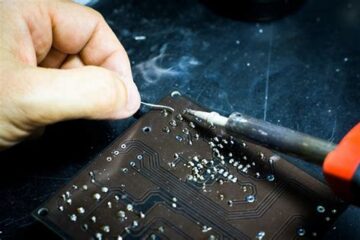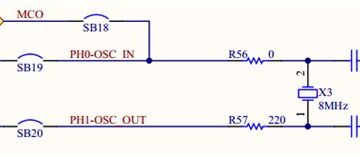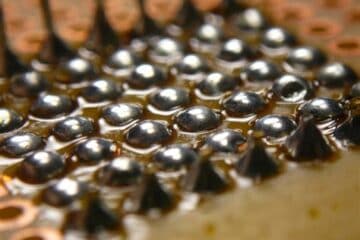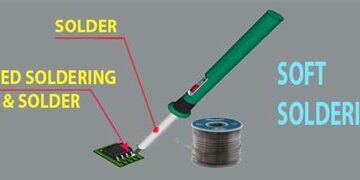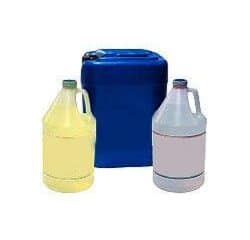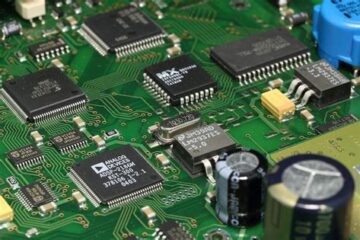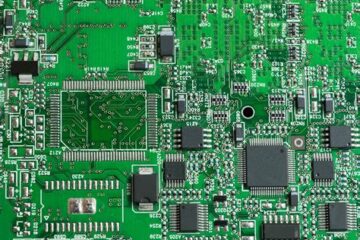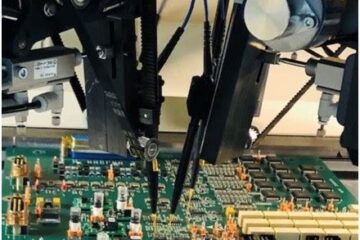PCBA
What is PCB Grid Testing / Bed of Nails Testing?
What is PCB Grid Testing? PCB grid testing, or bed of nails testing, is an automated testing method that uses a specialized fixture called a “bed of nails” to make electrical contact with the test points on a PCB. The test points are usually copper pads, vias, or component leads on the board. The fixture consists of an array of spring-loaded pins (the “nails”) that correspond to the test points on the PCB. When the Read more…
